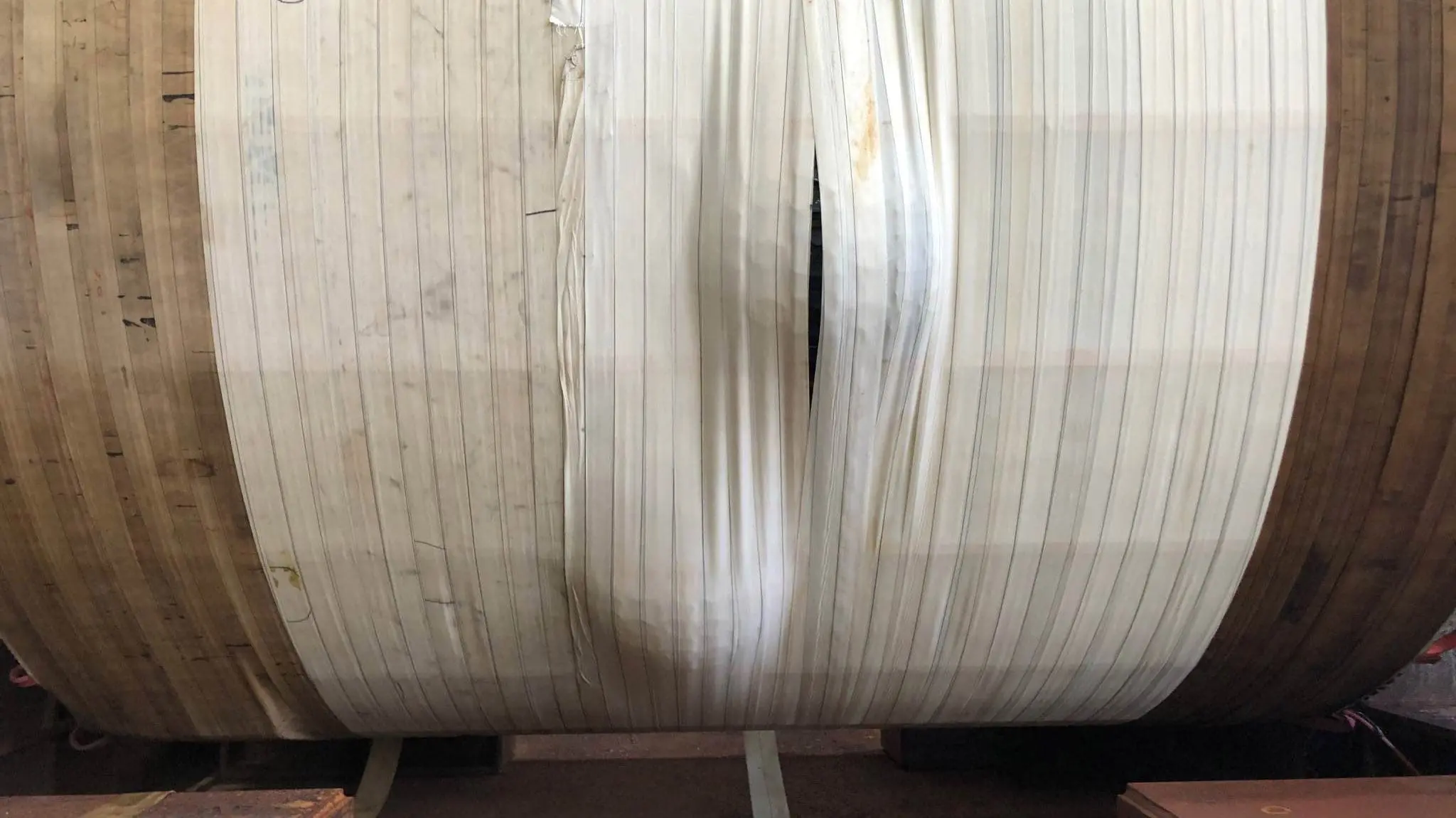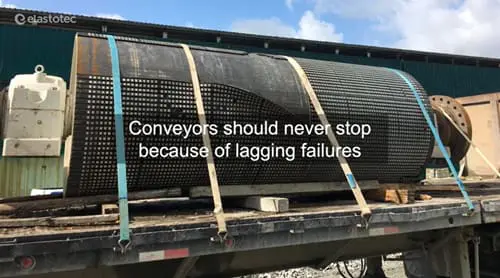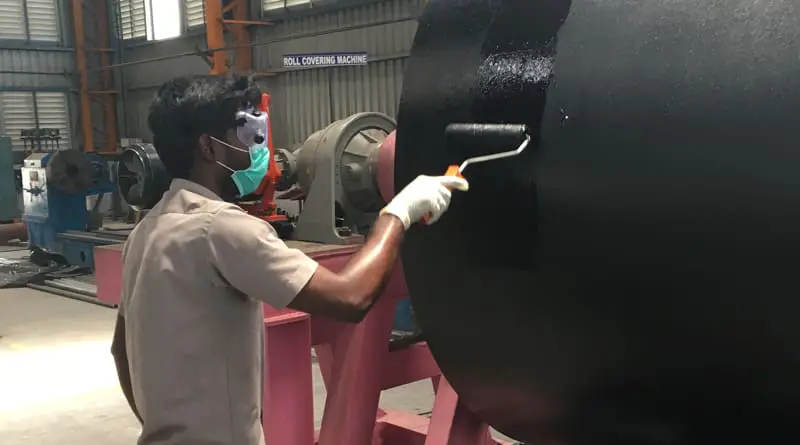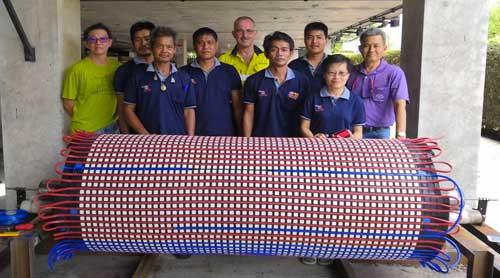
Prevention of blisters in steam heated autoclaves
This technical bulletin will outline the causes of blister formation and will detail a series of simple steps that can be implemented to prevent this problem occurring.








This technical bulletin will outline the causes of blister formation and will detail a series of simple steps that can be implemented to prevent this problem occurring.

The Elastotec aim is no pulley failures due to inadequate pulley lagging. Compare the difference between cold bonded and hot vulcanised lagging to see that hot vulcanised lagging is A GOOD BUSINESS DECISION.

At Elastotec, we engineer lagging solutions that keep conveyors running. Here are some causes of lagging failure.

Elastotec Direct Bond Ceramic Lagging – application system designed to improve adhesion consistency, reduce lead times, reduce glue wastage and labour time.

Hot Vulcanised lagging application involves the chemical cross-linking of five reactive layers during the autoclave curing process. To achieve the desired 100% rubber tear adhesion all five layers must crosslink at the same time. Occasionally conditions can be created in the autoclave that prevent this happening, and result in non-uniform adhesion around the pulley circumference. This bulletin explains how these conditions occur and what needs to be done to eliminate this problem.

Elastotec Approves New Applicator in Thailand for Hot Vulcanised Ceramic Lagging (HVCL) Early in 2019 Kledkaew Inter Products Co, Ltd. a rubber lining company based

Poor metal surface preparation Note uneven finish and the presence of machining marks – no evidence of grit blasting. The results of poor metal surface

EL.IN. is an engineering company based in Grevena in northern Greece. For many years EL.IN. has been refurbishing pulleys for the Public Power Corporation (PPC)